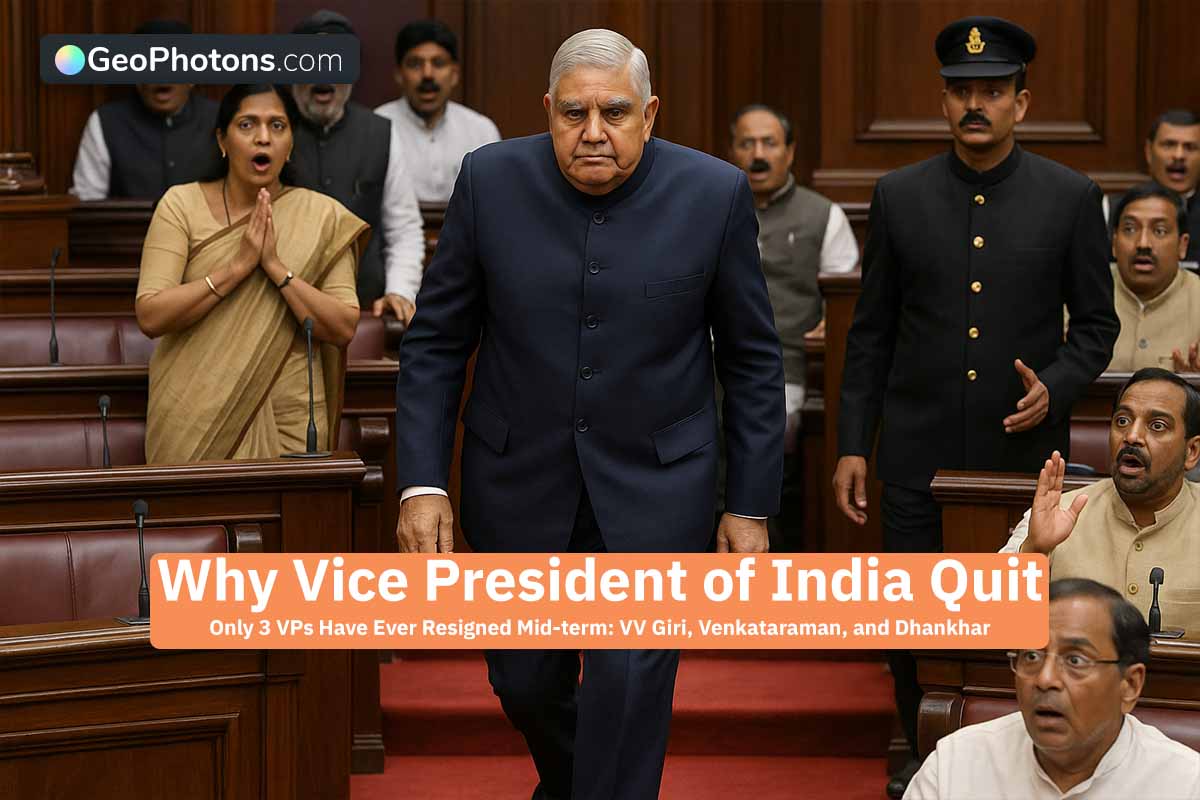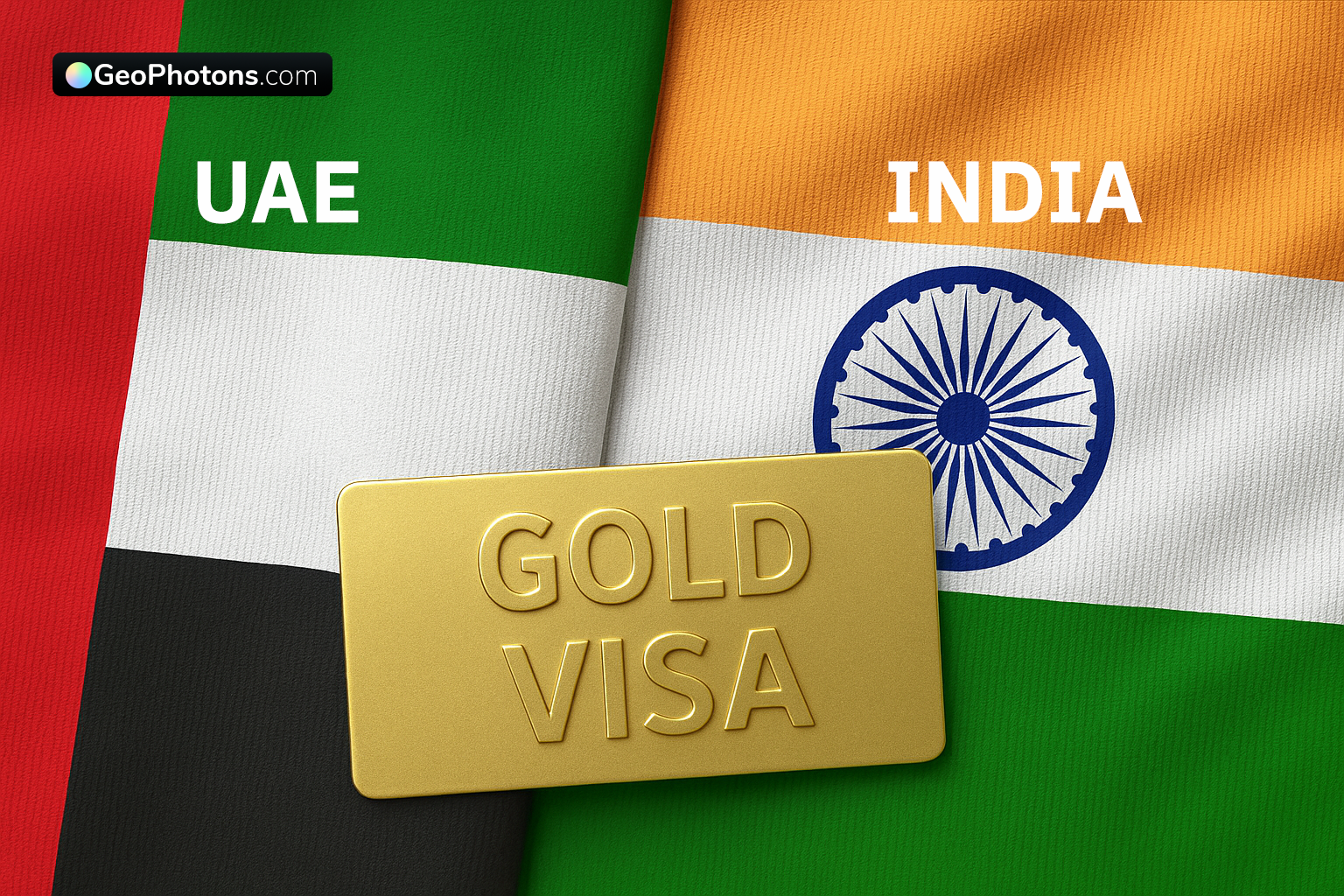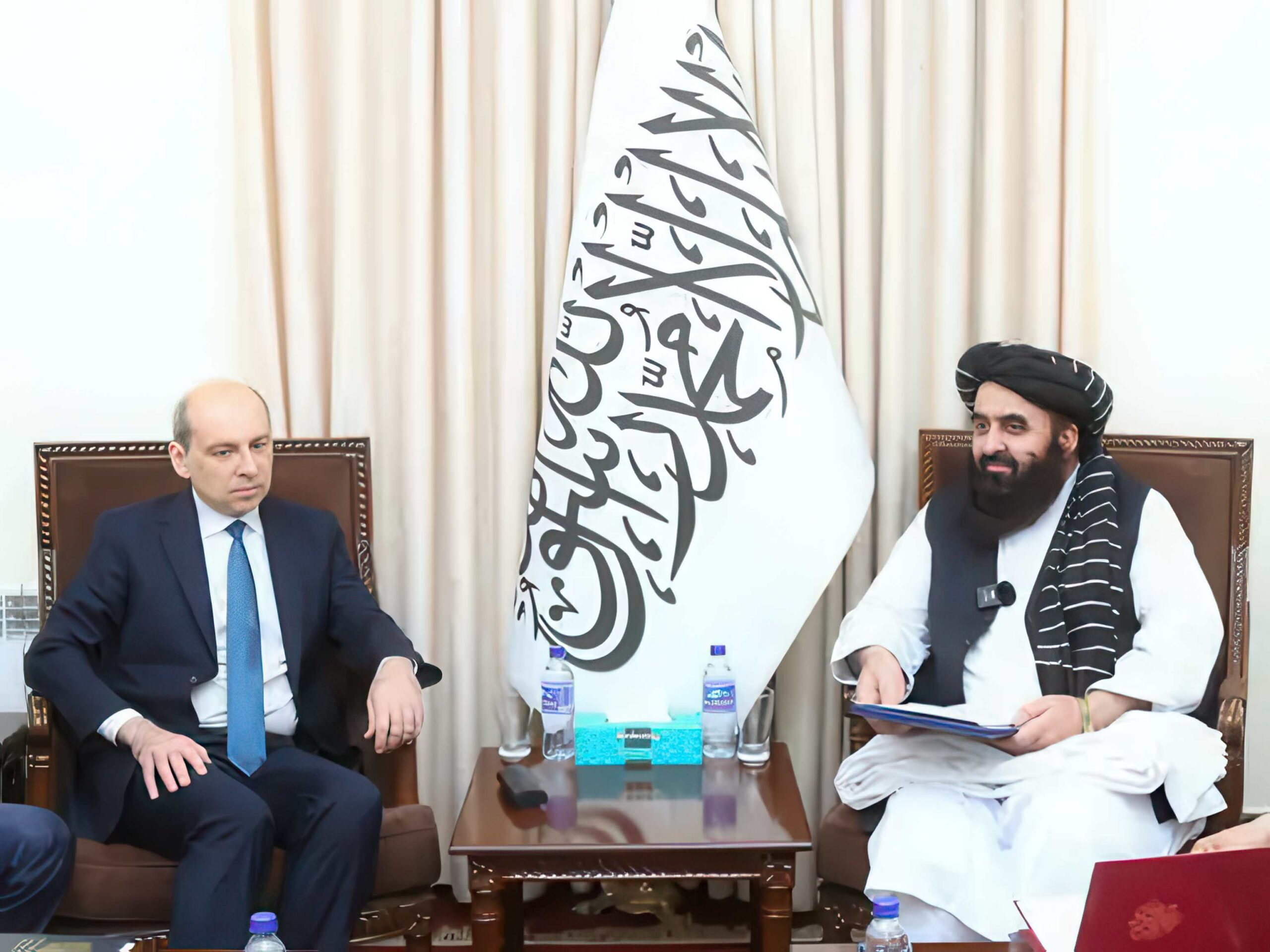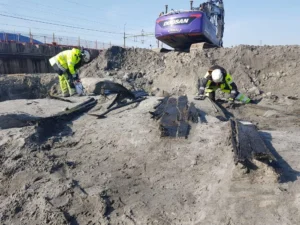Why Vice President of India Quit And What Happens Next
Vice President of India, Jagdeep Dhankhar’s surprise resignation sparks fresh curiosity. Here’s how India elects its Vice-President, explained simply with facts, fun, and clarity.
What’s the story
In July 2025, Jagdeep Dhankhar stepped down as India’s Vice-President, and it caught everyone off guard. Though not the first to resign from this role, Dhankhar’s sudden exit left many wondering: how is the Vice-President actually chosen? The Vice-President holds a vital constitutional post—second only to the President—and also presides over the Rajya Sabha. Yet, not many Indians know how this office works behind the scenes. The process is unique: only MPs vote, and they don’t just tick a box—they rank candidates by preference. It’s a system built to be fair and quiet, almost like a political secret ballot. Dhankhar’s resignation has now turned the spotlight on this lesser-known election. Why did he quit early? Could he be aiming for something bigger, like the Presidency? We’ll get into all that—and more—while decoding how India’s second-highest office actually functions, from voting quirks to quirky resignations.
Secret Vote
How MPs Choose the Vice-President in India
The Vice-President isn’t elected by you or me—not even by state MLAs. Only Members of Parliament (MPs) from both the Lok Sabha and Rajya Sabha get to vote. This includes elected and nominated members, which makes it a very tight and elite group. The voting method is a bit like fantasy cricket drafts: MPs rank candidates in order of preference. This system is called the Single Transferable Vote (STV). A candidate wins if they cross a calculated “quota” of votes—basically, half the valid votes plus one. For example, if there are 780 MPs, the magic number is 391. It’s secret voting, so party lines don’t always matter. As reported by The Hindu in 2022, this format has helped elect Vice-Presidents from across party lines. It’s not about loud campaigns—it’s about quiet strategy.
Candidate Rules
What Makes Someone Eligible to Run
To even enter the race for Vice-President, a candidate has to check a few important boxes. First, they must be an Indian citizen aged 35 or above. Second, they should be eligible to be a member of the Rajya Sabha. That means they need solid public credibility and no criminal disqualifications. Most importantly, they can’t hold any office of profit under the government—basically, no ministers, salaried officials, or profit-making bureaucrats. This rule ensures neutrality. The Election Commission keeps a close watch on nominations and campaigning. According to India’s Constitution (Article 66), even nomination papers must have backing from at least 20 MPs as proposers and 20 as seconders. So, no random names can sneak in—this isn’t a WhatsApp poll.
Term Check
How Long the Vice-President Stays in Power
Once elected, the Vice-President serves a five-year term. But here’s something interesting: they can stay in office even after five years until a new VP is elected. This prevents any vacancy, which would otherwise stall Parliament’s upper house, the Rajya Sabha. This continuity clause helped when R. Venkataraman stayed on in 1987 until his successor was ready. The system’s designed for smooth transitions—no “VP kaun?” moments between terms. The Vice-President can also resign anytime by writing to the President. That’s what Jagdeep Dhankhar did in 2025, just like VV Giri and R Venkataraman before him. No fuss, just a formal letter and they’re out.
🔍 Quick Fact Box
- India’s first Vice-President was Dr. S. Radhakrishnan in 1952
- Only 3 VPs have ever resigned mid-term: VV Giri, Venkataraman, and Dhankhar
- The Vice-President doesn’t live in Rashtrapati Bhavan, but in a separate bungalow
- Rajya Sabha sessions are chaired by the VP—like the speaker of Lok Sabha
- The VP can be re-elected unlimited times, just like MPs
Past Resigns
When History Repeats Itself in Raisina Hill
Jagdeep Dhankhar is the third VP to resign early, joining VV Giri (1969) and R. Venkataraman (1987). What’s the pattern? Both his predecessors quit to run for the Presidency—and won. Could Dhankhar be eyeing the same prize? Only time will tell, but history does seem to be winking at us. When VV Giri resigned, it was after President Zakir Husain’s sudden death. Similarly, Venkataraman resigned just before he was elected President. In Dhankhar’s case, it’s too early to confirm, but the buzz is growing. Resignation from such a high office isn’t a light move—it often signals the start of something even bigger in Indian politics.
Re-Elect Option
Can a Former Vice-President Return?
Yes, and it has happened before. There’s no limit on how many times someone can become Vice-President. If they win the MPs’ votes again, they’re in. That’s very different from the U.S., where a Vice-President usually becomes President or retires. In India, the Constitution lets a former VP contest again—even immediately after a term ends. In theory, someone could be VP, lose once, and come back later—kind of like how Dhoni came back as captain. It keeps the door open for experienced leaders and avoids forcing political retirements. And because it’s Parliament-only voting, it’s all about backroom support and numbers.
Power Profile
What the Vice-President Actually Does
The Vice-President might sound like a ceremonial role—but they actually hold key powers. First, they act as the Chairperson of the Rajya Sabha, steering debates, ensuring order, and approving parliamentary procedures. Think of them as the umpire in a heated match. Second, if the President is absent or passes away, the VP steps in as acting President until a new one is elected. That’s no small job—it’s the ultimate backup role. While they don’t handle everyday executive tasks, their position ensures political continuity. As per constitutional duties listed under Article 63–70, the VP is always one step away from the top post.
Voting Vibes
How Single Transferable Vote Adds Fairness
The STV system used in VP elections is one of the fairest in the world. It allows MPs to rank all candidates, not just pick one. If a top choice doesn’t get enough votes, the next preference is considered. This avoids wasted votes and ensures someone with broad acceptability wins. For example, in the 2022 VP elections, Dhankhar secured 528 of 725 valid votes using this method—clear proof it works. STV also reduces extreme outcomes and gives smaller parties a voice. It’s quiet, methodical, and removes the drama—perfect for a constitutional role that needs balance over buzz.
Election Watch – Role of the Election Commission
The Election Commission of India (ECI) plays referee during VP elections. From announcing the date to counting votes, they handle it all. The process is transparent, closely monitored, and strictly by the book. Nomination scrutiny is tough—papers can be rejected over minor errors. The ECI even ensures ballot boxes are sealed and stored safelyuntil counting. As seen in previous elections, they also train MPs on how to mark preferences properly to avoid invalid votes. If there’s a tie or dispute, the ECI’s word is final. Their integrity ensures that the VP’s post is filled smoothly and fairly.
Resignation Rules
How a Vice-President Officially Steps Down
A Vice-President can resign anytime by writing to the President. There’s no big speech, no farewell party—just a formal letter. Jagdeep Dhankhar followed this exact route in 2025. Once the letter is accepted, the resignation is immediate. There’s no need for Parliament to vote on it. This makes the process super simple and personal. It also protects the dignity of the office—no drama, no dragging. The Constitution allows it under Article 67(b). If the post falls vacant, the election must be held within six months. Until then, the senior-most Rajya Sabha member may handle duties informally.
Final Word
What Dhankhar’s Exit Means for India Now
So, where do we stand after Jagdeep Dhankhar’s sudden goodbye? India will soon hold another VP election, with the usual STV method and Parliament-only votes. Whether Dhankhar is eyeing Rashtrapati Bhavan or heading elsewhere, his exit reminds us how dynamic and layered our democracy is. From quiet rules to sudden resignations, the office of Vice-President carries more importance than most realise. And now, it’s back in the spotlight.
Key Takeaways:
- Only MPs vote in the VP election—no state involvement
- Candidates must meet strict age, citizenship, and office-free criteria
- Voting uses the ranked preference Single Transferable Vote system
- The VP chairs Rajya Sabha and can act as President in emergencies
- Resignation is a quiet process—but can signal big political shifts
Democracy is not just about voting—it’s about knowing who votes, how, and why. Share this with someone who thinks the Vice-President is just a backup.
Also Read – Desi AK-203 Rifles of India
Share this content:















Post Comment